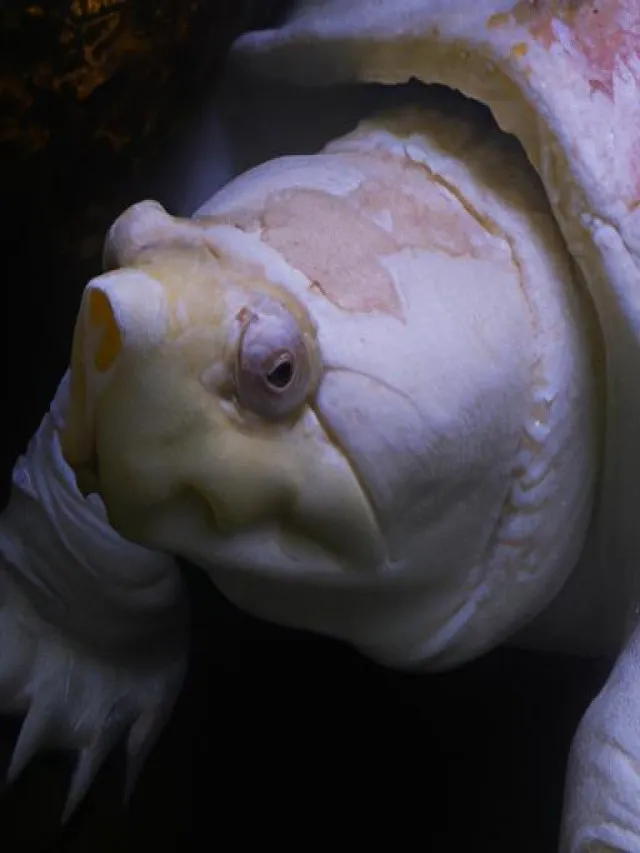What is an Albino Tarantula
The term “albino tarantula” can be a bit of a misnomer, as true albinism, which results from a complete lack of melanin, is extremely rare in the tarantula world. What people often refer to as albino tarantulas are actually tarantulas with a reduced amount of pigmentation. These spiders may appear pale, cream-colored, or exhibit a lighter coloration compared to their typical counterparts. This variation in color can be caused by a variety of factors, including genetics, diet, and environmental conditions. Regardless of the exact cause, these lighter-colored tarantulas are highly sought after by enthusiasts for their unique appearance and are just as fascinating to care for as traditionally colored tarantulas.
Identifying an Albino Tarantula
Identifying an albino tarantula involves observing its coloration. Look for spiders with a significantly lighter color than the standard for their species. The carapace (the top part of the cephalothorax), legs, and abdomen should all display this pale hue. The exact shade can vary, ranging from creamy white to light tan or even a pale pinkish color. Note that newly molted tarantulas of any color can appear lighter, so the coloration should be consistent after a few weeks. Also, observe the spider’s eyes; although often difficult to see, the eyes of an albino tarantula are usually the same color as other tarantulas, not red. The palps, which are small appendages near the mouth, can also help in identification. These might appear lighter than usual in an albino tarantula.
Appearance and Characteristics
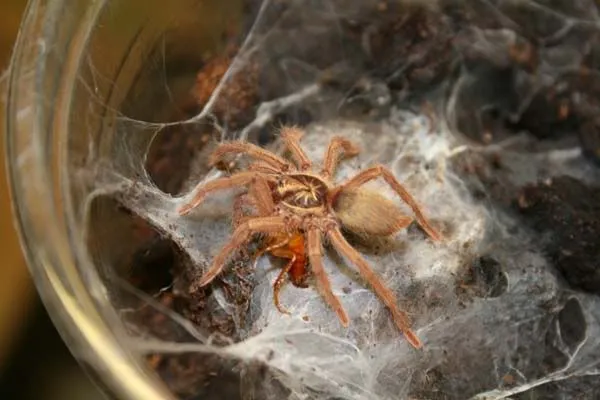
The appearance of an albino tarantula, while varying across species, is primarily defined by its reduced pigmentation. This lack of melanin results in a lighter overall color, which can significantly impact the spider’s visibility in its natural environment. The contrast between a pale spider and its surroundings can be striking, making them stand out more than darker tarantulas. The size and specific features of an albino tarantula also depend heavily on the species. For instance, some albino tarantulas might have a fuzzy appearance due to the presence of urticating hairs, while others have a smoother exoskeleton. It’s important to research the specific characteristics of the species you are considering to understand its size, temperament, and overall appearance.
Habitat and Enclosure Setup
Setting up the correct habitat is critical for the health and well-being of your albino tarantula. The enclosure should be appropriately sized for the spider’s species and age. As a general rule, the enclosure should be at least twice as wide as the tarantula’s leg span and slightly longer than its body. Ensure the enclosure has a secure lid to prevent escapes. Ventilation is also essential; the enclosure should have several air vents to allow for adequate airflow, but these should be small enough to prevent escape. An improperly ventilated enclosure can lead to mold growth and poor health for the tarantula. The design of the enclosure should mimic the tarantula’s natural habitat.
Choosing the Right Enclosure
The choice of enclosure material and type is crucial for providing a suitable environment for your albino tarantula. Glass or clear plastic terrariums are popular choices because they offer excellent visibility, allowing you to observe your spider easily. However, ensure that the enclosure is well-ventilated to prevent the buildup of humidity and mold, which can be harmful to your tarantula. The enclosure should be easy to clean and maintain. Consider the tarantula’s arboreal or terrestrial nature when selecting an enclosure. Terrestrial species need more floor space, while arboreal species benefit from vertical space for climbing. Avoid enclosures with excessive decorations or sharp edges that could injure the tarantula during molting or movement.
Substrate and Decor
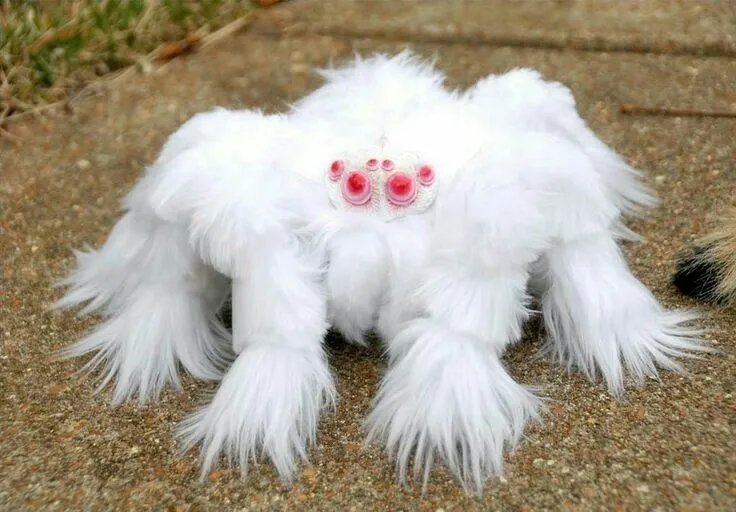
The substrate and decor within your albino tarantula’s enclosure play a significant role in its well-being. The substrate should be chosen based on the tarantula’s species and its natural habitat. For terrestrial tarantulas, a substrate of coco fiber, peat moss, or a mix of both works well, as it retains moisture and allows for burrowing. Arboreal tarantulas can benefit from a substrate that is a bit drier, such as sphagnum moss, combined with a layer of cork bark for climbing and hiding. Decorations such as cork bark, artificial plants, and hiding places will provide enrichment and a sense of security for your spider. Ensure all decorations are clean and non-toxic, and arrange them so that the tarantula can move freely and safely within the enclosure.
Temperature and Humidity Control
Maintaining the correct temperature and humidity levels is critical for the health of your albino tarantula. Most tarantula species thrive in temperatures ranging from 75 to 85 degrees Fahrenheit (24 to 29 degrees Celsius). You can use a heat mat or a ceramic heat emitter to maintain the temperature, but be sure to monitor it with a thermometer. Humidity levels vary depending on the species, but generally, you should aim for 60-70% humidity for many common species. You can measure humidity with a hygrometer and increase it by misting the enclosure with water or providing a water dish. Make sure to monitor the humidity levels regularly and adjust as needed to prevent extremes.
Feeding Your Albino Tarantula
Feeding your albino tarantula properly is essential for its health and longevity. Tarantulas are carnivorous and primarily feed on insects. The frequency of feeding and the type of insects you offer depend on the spider’s age and size. Spiderlings, or baby tarantulas, should be fed more frequently, such as every other day, while adult tarantulas can be fed once or twice a week. It is crucial to remove any uneaten food within 24 hours to prevent mold and mites in the enclosure. Always ensure the insects are gut-loaded before feeding. This involves feeding the insects nutritious foods, so your tarantula gets a balanced diet, preventing nutritional deficiencies.
What to Feed
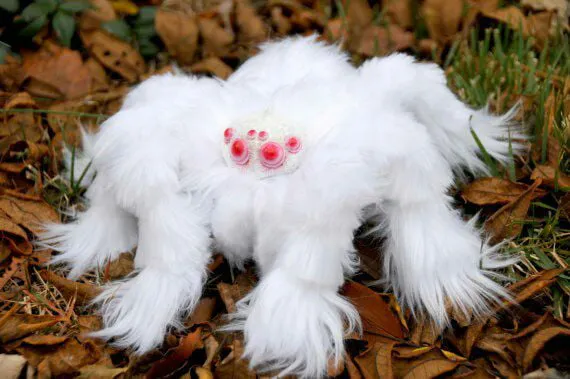
A varied diet is best for your albino tarantula. Commonly offered insects include crickets, mealworms, and roaches. Ensure the insects are free from pesticides. You can also feed pre-killed insects to young or skittish tarantulas. Always ensure the insects are smaller than the tarantula’s abdomen, to prevent the spider from getting injured. Crickets can be a good staple food, but mealworms can sometimes burrow and hide. Roaches are a good choice because they are nutritious and easy to manage. Occasionally offering a pinky mouse (for larger species) can provide extra nutrients, but this should be a rare treat.
Feeding Frequency
The frequency of feeding your albino tarantula depends on its life stage. Spiderlings require more frequent meals, usually every other day or even daily if they are particularly small. As the tarantula grows, the feeding frequency can be reduced. Juvenile tarantulas can be fed two to three times a week, while adults typically need feeding only once or twice a week. Some tarantulas may refuse food before molting, so don’t worry if your tarantula stops eating. Monitor your spider’s abdomen. If it appears plump and well-fed, you might slightly reduce feeding frequency. Adjust feeding based on the tarantula’s individual needs and growth rate.
Watering and Hydration
Providing a clean water source is essential for your albino tarantula’s hydration. Use a shallow water dish, large enough for the spider to access easily, but not so large that it poses a drowning hazard. For spiderlings, a bottle cap filled with water or a small, water-soaked sponge may be sufficient. Refresh the water regularly, at least every other day, to keep it clean and prevent the buildup of bacteria and mold. In addition to the water dish, misting the enclosure can help maintain the humidity level. Misting is especially important for arboreal species, which may prefer to drink water droplets. Always use dechlorinated water, to protect the spider’s health.
Health and Common Issues
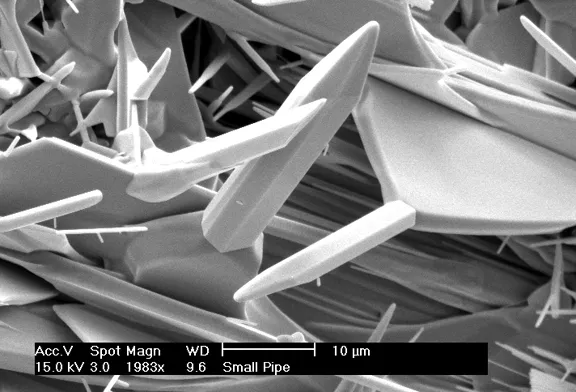
Albino tarantulas, like all tarantulas, can encounter various health issues. Regular monitoring of your tarantula’s behavior and appearance will help you detect any potential problems early. Always maintain proper enclosure conditions (temperature, humidity, and cleanliness) to minimize health risks. Some health issues can be species-specific, so researching the health considerations for your particular tarantula species is highly recommended. Regular observation and prompt response to any signs of illness are essential to ensure your tarantula’s well-being and extend its lifespan.
Shedding and Molting
Molting is a natural process in which tarantulas shed their exoskeleton to grow. During this time, the tarantula will typically become less active and may refuse food. Molting can take several hours or even days, depending on the spider’s age and size. Provide a humid environment, which helps to ease the molting process. Do not disturb the tarantula during molting. After molting, the tarantula’s new exoskeleton will be soft, and it should be given a few days to harden before feeding. Ensure there is sufficient space in the enclosure during molting to prevent the spider from getting stuck or injured.
Common Health Problems
Some common health issues that can affect albino tarantulas include parasites, such as mites. You should carefully inspect the tarantula and its enclosure regularly for mites. Bacterial or fungal infections can arise in poorly maintained environments. Symptoms of these infections include lethargy, loss of appetite, and unusual behavior. Prevent such infections by maintaining cleanliness and proper environmental conditions. Ensure that the tarantula has a source of fresh water, and the humidity and temperature levels are appropriate for the species. If you notice any signs of illness, it’s important to consult with a veterinarian who specializes in exotic pets.
Handling and Safety
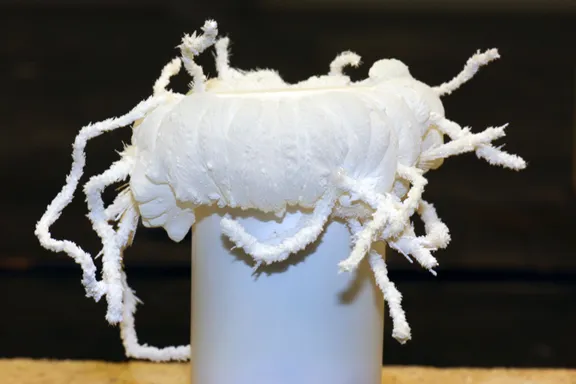
Handling an albino tarantula should be done with caution. While tarantulas are generally not aggressive, they can bite if they feel threatened. It’s best to handle your tarantula only when necessary, such as for cleaning the enclosure or health inspections. Always handle them over a soft surface, such as a bed or a carpet, in case they fall. Wash your hands thoroughly before and after handling your tarantula. Be aware of the spider’s urticating hairs, which can cause skin irritation if brushed against. Some species are more likely to flick hairs. It is essential to respect your tarantula’s space and recognize its behavior to ensure a safe handling experience for both you and your pet.
Do Albino Tarantulas Make Good Pets
Albino tarantulas, like all tarantulas, can make fascinating pets for those who are prepared for their specific needs. They offer a unique opportunity to observe and learn about a different type of life. Their care requirements include maintaining the correct temperature, humidity, and providing a safe, well-maintained enclosure. They are not typically handled frequently, but their unique appearance and interesting behaviors can be rewarding for responsible pet owners. Understanding their needs, including their feeding habits, molting cycles, and potential health concerns, is vital to provide them with a comfortable and healthy life. Albino tarantulas can be a rewarding pet choice for the right enthusiast.
